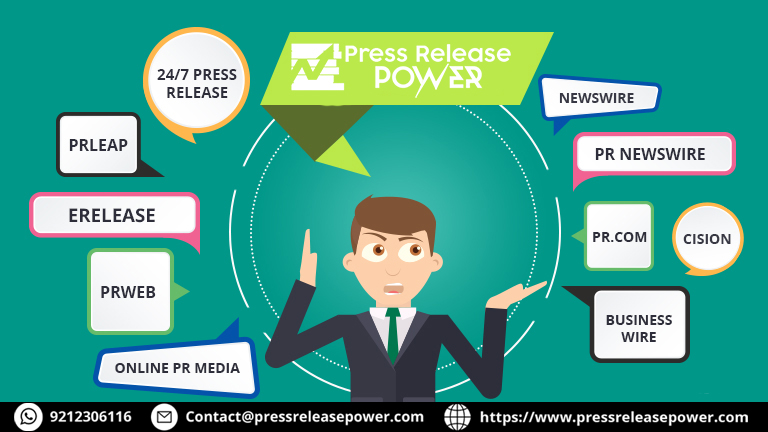Political Party Mergers Changing the Dynamics of Power
Political landscapes are constantly evolving, and one significant factor that can shape these changes is the merger of political parties. Over the years, we have witnessed several instances where political parties join forces to form a new entity or strengthen their position in the political arena. These mergers have the potential to disrupt the established power dynamics, influence voter behavior, and redefine the course of politics. In this article, we will explore how political party mergers are changing the dynamics of power and their impact on the political landscape. Political party mergers occur when two or more political parties decide to combine their resources, ideologies, and support bases to form a single entity. These mergers can be strategic moves aimed at gaining a competitive advantage, increasing representation, or responding to shifting political landscapes. By consolidating their forces, parties hope to amplify their influence and create a stronger platform to achieve their goals.
Understanding Political Party Mergers
Political party mergers are significant events in the realm of politics. They occur when two or more political parties decide to join forces and create a unified entity. This process involves extensive negotiations, discussions, and agreements among the participating parties. The ultimate goal of a merger is to consolidate resources, ideologies, and support bases to form a stronger and more influential political entity.
During a political party merger, leaders and members of the involved parties carefully assess the potential benefits and risks. They consider factors such as the compatibility of ideologies, policy agendas, and voter demographics. Additionally, they evaluate the strategic advantages that can be gained by merging, such as increased representation or a competitive edge in elections.
In some cases, political party mergers are motivated by the need to respond to changing political landscapes. This could include the emergence of new issues or the need to counterbalance the influence of a dominant party. By merging, parties can combine their strengths, diversify their support base, and create a unified front to address pressing concerns.
The impact of political party mergers extends beyond the participating parties themselves. These mergers have the potential to significantly alter power dynamics within the political system. By forming a larger and more cohesive entity, merged parties can challenge the established power structures, weaken dominant parties, and forge new alliances. This can lead to a more balanced distribution of power, fostering healthy competition and enabling a wider range of political voices to be heard.
Furthermore, political party mergers can have a profound impact on voter behavior. The merger of parties often introduces a new narrative and a revised set of promises and priorities. Voters may reassess their allegiances and make decisions based on the merged party's platform and vision. Additionally, the merged party may attract new supporters who are drawn to the combined strengths and perceived advantages of the merger.
Motivations Behind Party Mergers
Political party mergers are driven by a variety of motivations, each unique to the parties involved and the political landscape in which they operate. Understanding these motivations provides insight into why parties choose to merge and the potential benefits they seek to gain. Let's explore some common motivations behind political party mergers:
1. Consolidating Similar Ideologies and Policy Agendas: One primary motivation for party mergers is the consolidation of parties with similar ideologies and policy agendas. By merging, these parties can unite their efforts and present a stronger, more cohesive platform to the electorate. This can lead to increased support, improved electoral prospects, and a greater ability to push forward their shared policy goals.
2. Strengthening Electoral Position: Parties may choose to merge as a strategic move to strengthen their electoral position. By combining their resources, support bases, and expertise, merged parties aim to become more competitive in elections. This can be particularly effective when facing a dominant party or when trying to expand their representation in specific regions or demographics.
3. Responding to Changing Political Dynamics: Political landscapes are constantly evolving, and parties must adapt to stay relevant. In response to shifting political dynamics, parties may opt to merge as a means of revitalizing their image or countering emerging challenges. This could include addressing new societal issues, capturing the attention of different voter segments, or repositioning themselves in response to changing voter preferences.
4. Countering Dominant Parties: Parties that find themselves overshadowed by a dominant political force may consider merging to create a stronger opposition. By consolidating their efforts, smaller parties can pool resources, broaden their support base, and effectively challenge the dominance of larger parties. This can help rebalance power dynamics and promote a more competitive political landscape.
5. Enhancing Policy Impact: Merging parties often seek to enhance their policy impact by leveraging collective expertise and resources. By joining forces, parties can bring together a diverse range of perspectives and experiences, leading to more comprehensive and robust policy proposals. This can result in greater influence over the policy-making process and a higher likelihood of implementing their desired reforms.
6. Creating a Broad-Based Coalition: Party mergers can also be driven by the desire to create a broad-based coalition. In multi-party systems, mergers allow for the formation of larger alliances that can navigate the complexities of coalition politics more effectively. This enables parties to have a stronger voice in governance and increases their chances of enacting their policy agenda.
The Impact on Power Dynamics
Political party mergers have the potential to significantly alter power dynamics within a political system. By combining their strengths, merged parties can challenge the existing power structures, weaken dominant parties, and create new alliances. This can lead to a more balanced distribution of power, fostering healthy competition and encouraging a diverse range of political voices.
Voter Behavior and Party Mergers
Party mergers can have a profound impact on voter behavior. When parties merge, it often creates a new narrative and a different set of promises and priorities. Voters may reassess their allegiances and make decisions based on the merged party's platform. Furthermore, the merged party may attract new supporters who are drawn to the combined strengths and perceived advantages of the merger.
Case Studies of Significant Party Mergers
Several notable political party mergers have occurred throughout history, each with its own unique impact. For example, the merger of the Indian National Congress and the Swatantra Party in 1978 led to the formation of the Janata Party, which successfully challenged the ruling party at the time. Another significant merger was the formation of the United Progressive Alliance (UPA) in India, which brought together multiple regional parties to counterbalance the dominant party's influence.
Challenges and Benefits of Party Mergers
While political party mergers offer potential benefits, they also come with challenges. One major challenge is the integration of diverse ideologies and party structures. Merging parties need to find common ground and establish a shared vision, which can be a complex and delicate process. Additionally, there may be resistance from party members who are skeptical of the merger and fear losing their identity or influence.
On the other hand, party mergers can bring numerous benefits. They can create a unified front to tackle pressing issues, increase bargaining power during coalition formations, and provide a platform for shared resources and expertise. By merging, parties can enhance their electoral prospects and amplify their policy impact.
The Role of Media and Public Perception
Media plays a crucial role in shaping public perception of political party mergers. The way the media portrays the merger can influence public opinion and determine the success or failure of the merged party. Media coverage can help build momentum and generate public interest in the merger, but it can also create skepticism and doubts if the merger is portrayed in a negative light. Managing the narrative surrounding the merger is vital for its success.
Future Implications and Predictions
The future implications of political party mergers are difficult to predict with certainty, as they are highly dependent on various factors such as the political context, party dynamics, and public sentiment. However, we can anticipate that party mergers will continue to be a strategic tool for political parties seeking to adapt, grow, or challenge the existing power structures. The success of a merger will ultimately depend on the ability of the participating parties to effectively communicate their shared vision and rally support.






 English (US) ·
English (US) ·